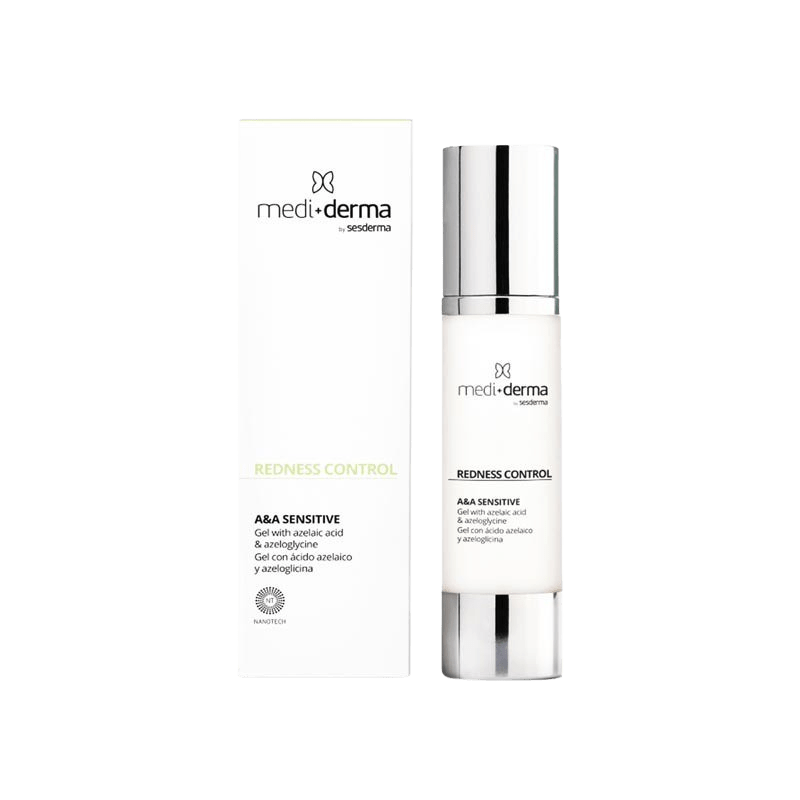
Join now for exclusive pricing & express shipping
Osteoarthritis, a widespread and debilitating condition primarily affecting the knee joint, is a primary concern for millions of individuals. Among the various available treatments, Hyalgan, a viscosupplement containing hyaluronic acid, has gained recognition as a promising option. However, to ensure the efficacy and safety of Hyalgan therapy, careful patient selection based on precise criteria is crucial. This article explores the essential criteria guiding the selection of patients for Hyalgan injections, addressing appropriate indications and contraindications.
Hyalgan injections play a valuable role in managing the challenges associated with knee osteoarthritis. Understanding the specific indications for Hyalgan is essential for both healthcare providers and patients seeking relief from this degenerative joint condition. Let’s delve deeper into each of these indications:
Osteoarthritis, a prevalent and often debilitating condition, is the primary and most common indication for Hyalgan injections. As the knee joint undergoes gradual wear and tear, individuals experience persistent joint pain, stiffness, and reduced mobility. Hyalgan has gained recognition for its effectiveness in managing the symptoms of osteoarthritis, especially in cases of mild to moderate severity. By directly addressing joint discomfort and limitations, Hyalgan helps individuals regain their quality of life.
Some patients find that conservative treatments, such as over-the-counter pain medications, physical therapy, or lifestyle modifications, do not provide sufficient relief. Hyalgan injections may be a viable option. Healthcare providers consider these injections for individuals who have not experienced significant improvement in their knee osteoarthritis symptoms despite trying other non-invasive approaches. Hyalgan provides a novel approach to effective pain management when traditional methods prove inadequate.
Hyalgan offers a non-surgical alternative for individuals who prefer to avoid knee joint surgery or are unsuitable candidates for procedures like arthroscopy or knee replacement. This non-invasive treatment method holds particular appeal for those seeking pain relief without the inherent risks and recovery periods associated with surgical interventions. By opting for Hyalgan, patients can work towards alleviating their osteoarthritis symptoms without the need for invasive procedures, thereby enhancing their quality of life.
One key advantage of Hyalgan is its favorable safety profile and minimal side effects. Unlike more aggressive interventions such as surgical procedures, which carry inherent risks and necessitate lengthy recovery periods, Hyalgan injections generally have a lower likelihood of causing complications. This appealing aspect makes it an attractive choice for patients who prioritize comfort and want to minimize the potential side effects associated with more invasive treatments.
While Hyalgan injections offer effective relief for many individuals with osteoarthritis, it’s essential to understand the circumstances in which this treatment may not be suitable. Contraindications specify particular situations or conditions where one should avoid administering Hyalgan injections. These are important to ensure patient safety and the best possible outcomes. Let’s explore each of these contraindications in more detail:
If a patient has a known allergy to hyaluronic acid or any of the components within the Hyalgan injection, administering this treatment can lead to allergic reactions. These reactions can vary from mild discomfort to severe complications, making it a critical contraindication. Healthcare providers typically conduct allergy testing or assess previous allergic reactions before proceeding with Hyalgan.
Individuals with active skin or joint infections should not receive Hyalgan injections. Injecting the substance into an infected joint can exacerbate the infection and potentially lead to more severe complications. Before considering Hyalgan, it is crucial to ensure that any active infections are adequately treated and resolved.
Healthcare providers classify medical conditions such as rheumatoid arthritis and other autoimmune disorders as contraindications for Hyalgan. These underlying conditions often require specific treatments tailored to the nature of the autoimmune disease itself. Therefore, patients with inflammatory arthritis generally do not qualify for Hyalgan injections, and healthcare providers explore alternative treatment approaches.
Medical experts have not definitively established the safety of Hyalgan during pregnancy and breastfeeding. For this reason, healthcare providers often avoid administering Hyalgan to pregnant or breastfeeding women to err on the side of caution. It’s essential to consider the potential effects on both the mother and the developing fetus or the nursing infant when deciding on treatment options.
Patients with severe joint instability or significant mechanical deformities of the knee may not experience substantial benefits from Hyalgan injections. The primary purpose of this treatment is to address the symptoms associated with osteoarthritis, and it may not be effective in cases where severe joint instability is the primary concern. In such cases, alternative treatment approaches or surgical interventions may be more appropriate.
Hyalgan is typically not recommended for use in children or very young individuals. The primary target population for this treatment is adults with degenerative joint conditions, particularly osteoarthritis. Children and young patients typically have different treatment needs, and healthcare providers will explore alternative options for their specific circumstances.
In conclusion, the selection of suitable candidates for Hyalgan injections plays a pivotal role in achieving positive treatment outcomes. By adhering to these indications and contraindications, healthcare providers can offer personalized care and ensure that patients receive the most appropriate therapy to manage their knee osteoarthritis while minimizing potential risks effectively. Consulting a skilled healthcare provider is imperative to undergo a comprehensive assessment and create a personalized treatment plan tailored to your requirements.
